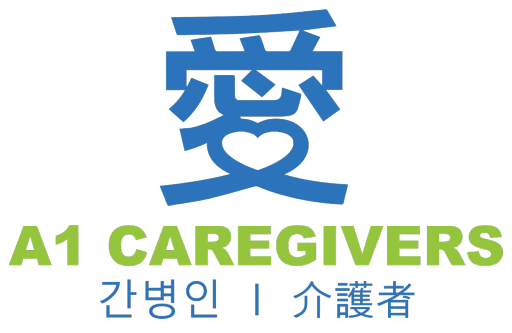As Singapore grapples with an aging population, the need for practical long-term care options for its elderly citizens becomes increasingly vital. In a society where 97% of seniors prefer to age in place at home, the traditional model of family caregiving is undergoing a transformation due to rising care burdens and diminishing family support. This blog post explores the various long-term care options available for the elderly in Singapore, focusing on those that young seniors can start considering today.
Options for Long-term Care
Young seniors who are scanning the horizon for care options in the future can look up to the following options –
Ageing in Place at Home
The most preferred form of long-term care in Singapore is ageing in place, where seniors continue to live in their homes and communities. As of 2020, a majority of seniors (82.1%) lived with their spouse and/or children, while a significant portion (10.2%) lived alone. The Singapore government supports this preference through the Enhancement for Active Seniors (EASE) programme, which subsidizes around 90% of the cost for retrofitting homes with senior-friendly features like grab bars, slip-resistant flooring, and ramps. These modifications allow seniors to live comfortably and safely in their familiar surroundings.
However, the traditional reliance on family members for caregiving is becoming less tenable, particularly for seniors who are partially dependent and require more assistance than their families can provide but do not need the intensive care offered in nursing homes.
Assisted Living
Assisted Living (AL) emerges as a viable solution for this “missing middle” – seniors who need more than family support but less than full-time nursing care. AL encompasses a range of services and residential options designed to help seniors stay in their homes as long as possible. This model includes assistance with personal care and housekeeping, healthcare and rehabilitation, social activities, senior-friendly home design, and assistive technology. AL is tailored to the individual needs and preferences of seniors, offering a dynamic and evolving model of care that adapts to the changing needs of current and future generations.
Nursing Homes
For those who require more intensive care, nursing homes remain a critical component of Singapore’s long-term care landscape.

As of 2023, there were 88 nursing homes in Singapore providing over 18,000 beds, with an occupancy rate of about 90%. Unlike in some developed countries, Singaporeans tend to stay in nursing homes for extended periods, with 36% of residents in a 2013 study having lived there for six to ten years or more. These facilities offer a range of care levels, from minimal assistance to full-time, specialized care for those with serious health conditions.
Migrating Overseas
For some seniors in Singapore, migrating overseas has emerged as a noteworthy option for long-term care. This trend involves relocating to countries with lower living costs or preferred climates, while still enjoying a high quality of life. Often seen as a lifestyle choice, this option is particularly appealing to those who seek a change of environment in their later years, or who wish to be closer to family members residing abroad. In making such a move, seniors not only explore new cultural experiences but can also benefit from potentially more affordable healthcare and living expenses. While the exact number of seniors choosing this route is not extensively documented, it represents a growing trend among the elderly who are looking for alternative living arrangements that align with their personal preferences and financial capabilities. This choice, however, requires careful consideration of factors such as healthcare access, social support systems, and the ease of assimilating into a new community.
Addressing the Caregiving Challenge
Caregiving in Singapore is often provided by family members or foreign domestic workers (FDWs). However, this can place a significant strain on caregivers, affecting their well-being. FDWs, in particular, face long working hours with little time off, and many lack adequate support and training, especially in caring for persons with dementia. This highlights the need for more sustainable and supportive caregiving solutions, including professional caregiving services and community support networks.
Preparing for the Future
For young seniors in Singapore, it is essential to start considering these long-term care options early. Proactive planning can include:
- Exploring assisted living options that offer a balance of independence and support.
- Considering home modifications under the EASE programme to facilitate aging in place.
- Discussing care preferences with family members and understanding the potential roles of FDWs.
- Investigating nursing home options, especially for those with more intensive care needs.
The long-term care landscape in Singapore is evolving to meet the needs of its aging population. By understanding the available options and planning ahead, seniors can ensure they have access to the care and support they need as they age, in a way that respects their independence and quality of life.
To explore the best long-term care options for your elderly loved ones in Singapore, reach out to A1 Caregivers today, and let us assist you in making informed choices for their care and well-being.

